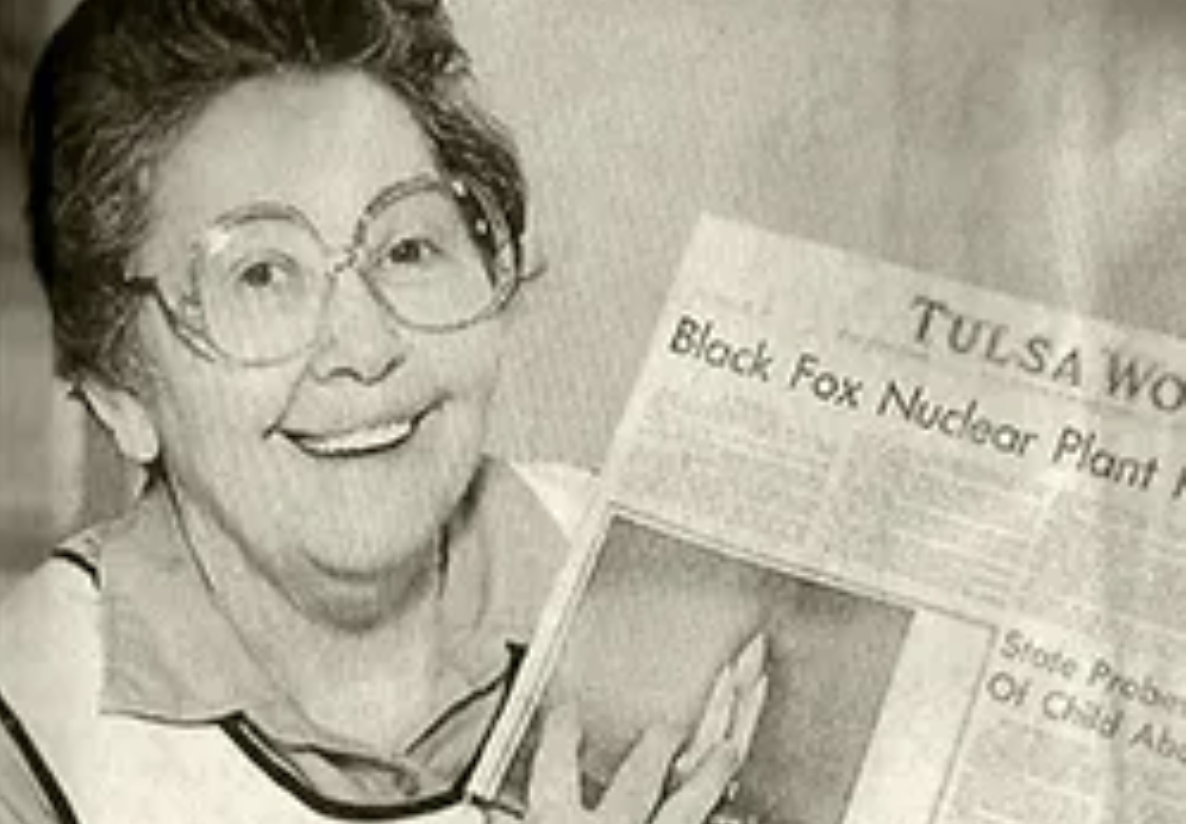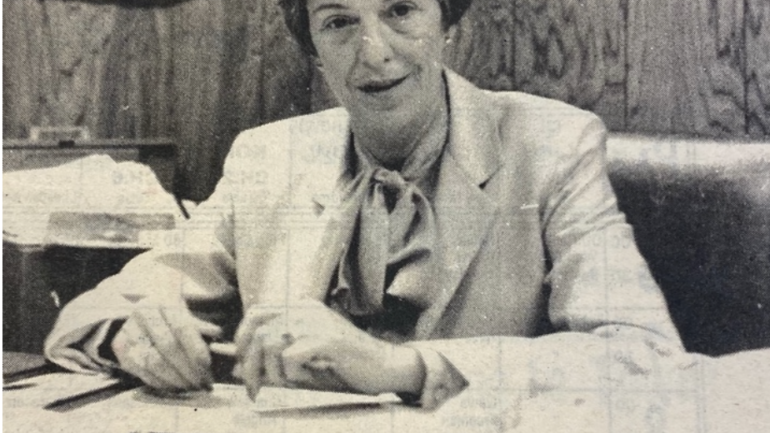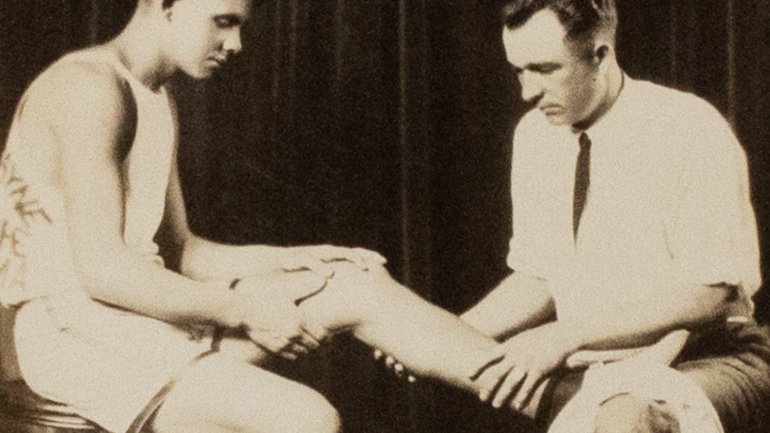Excerpts from an article in the Claremore Daily Progress article written by Rebecca Hattaway and published November 18, 2006.
To the world she was known as the woman who led the successful fight that stopped the building of a nuclear power plant in Oklahoma. In Rogers County, and Claremore where she made her home for many years, she was known as Aunt Carrie.
In 1973 Barefoot Dickerson started her fight to prevent Public Service Company of Oklahoma’s proposed nuclear power plant, Black Fox, near her family farm in Inola. The battle lasted nine years.
“The most important thing about her life was that she showed people that one person can make a difference — mostly by bringing everyone together,” said Barefoot Dickerson’s daughter, Patricia Lemon. “She respected other people’s opinions, even if she didn’t agree with them — and they knew it.”
Barefoot Dickerson was born May 24, 1917 in a log cabin 13 miles west of Okmulgee. She attended the Rocky Hill and Nuyaka Mission schools there before beginning undergraduate studies in home economics education with emphasis on nutrition at Oklahoma State University, where she also earned an M.S. degree.
Through their prize-winning 4-H work, she met her late husband, C.R. Dickerson, later an award-winning dairyman and veteran’s agriculture teacher, on an Oklahoma Farmers’ Union–sponsored trip to Washington, D.C. in 1936. They married in 1938, as undergraduates, and made their home on the Dickerson Farm east of Claremore.
Barefoot Dickerson began her teaching career in 1943 at the German-speaking Mennonite Pleasant View community school east of Inola. She went on to teach in several Rogers and Mayes County schools and served as a home demonstration agent in the Cherokee communities of Muskogee and as a 4-H Club leader.
About 1957, she resigned as home economics teacher at Claremore High School to begin a bakery offering whole-grain organic breads to customers all over northeastern Oklahoma.
In 1964, she and her late husband founded Aunt Carrie’s Nursing Home (later Wood Manor) in Claremore, where they, their late daughter, Mary, and their dedicated staff provided the loving care and nutritious meals that frail community elders needed for physical and mental health. At the age of 50, she began studying nursing at St. John’s Hospital in Tulsa to fill a need at the nursing home.
In 1973, Public Service Company of Oklahoma (PSO) announced plans to build Black Fox nuclear-power plant near Inola. Then began the environmental work that pervaded the remaining four and a half decades of her life. In 1981, an anticipated Corporation Commission decision prompted by the work of CASE (Citizens’ Action for Safe Energy), the organization she founded to teach the public about the dangers posed by nuclear power, led to PSO’s cancellation of the project.
During the nine years of hearings, she became a master quilter, designing and creating works to occupy her fingers while she listened and that she could use to help raise money for legal fees once they consumed the proceeds from selling the nursing home. After Black Fox was cancelled, she supported herself by teaching quilting and with a health-foods store she and her daughter Mary operated.
Barefoot Dickerson’s work continued up until the time of her death. She recently completed, under the auspices of the not-for-profit Carrie Dickerson Foundation, a children’s history of wind power, in collaboration with Drumright artist Gwen Ingram and her daughter, Patricia.
“The health of our nation has been left in the hands of the companies whose goals are mainly to make money — not to protect the public welfare,” Dickerson said in a recent interview with the Tulsa World “It’s our job to tell companies — and our government — that we want safer alternatives. It works. “We can’t depend on corporations or politicians to make decisions for us, especially if we haven’t made our desires known.”
Carrie Barefoot Dickerson passed away November 17, 2006. She was 89 years old.




